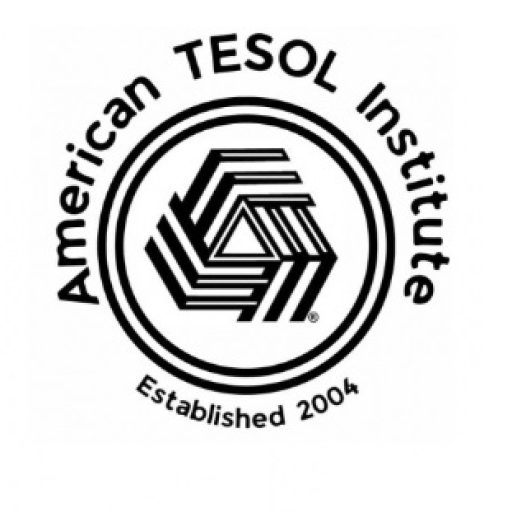Timelines are a versatile and powerful tool in the English Language Teaching (ELT) classroom. They cater to various learning styles, making complex concepts like verb tenses more accessible and helping students organize information visually. By incorporating timelines into your teaching strategy, you can create engaging and interactive lessons that enhance students’ comprehension and retention. This article explores the benefits of using timelines, offers creative ideas for implementation, and provides practical tips for integrating this method into your classroom.
Benefits of Using Timelines in ELT
1. Appeal to Various Learning Styles:
- Visual Learners: Timelines provide a clear visual representation of events, making it easier for visual learners to grasp and remember information.
- Kinesthetic Learners: Creating and arranging timeline elements, such as photos or flashcards, allows kinesthetic learners to engage with the material in a hands-on way.
- Auditory Learners: Discussing and explaining timelines can help auditory learners better understand and retain the sequence of events.
2. Simplify the Explanation of Tenses:
- Timelines offer a straightforward way to explain different tenses by visually representing when actions take place in relation to each other. For example, you can use a timeline to show the difference between the past, present, and future tenses, or to illustrate the sequence of events in a story or historical account.
3. Aid in Graphic Organization:
- Timelines help students organize information chronologically, making it easier to see connections between events or ideas. This organization aids in comprehension and allows students to analyze and interpret the material more effectively.
Creative Ideas for Using Timelines in the Classroom
1. Chronicling a Family Member’s or Pet’s Life:
- Ask students to create a timeline that chronicles the life of a family member or pet. They can include key events such as birthdays, vacations, or milestones (e.g., a pet’s adoption day). This activity not only helps students practice using tenses but also allows them to connect personally with the material.
2. Exploring the History of an Event:
- Have students research and create a timeline of a significant historical event, such as a country’s independence, a famous invention, or a cultural movement. This project can be done individually or in groups, with each student or group focusing on a different aspect of the event. Students can present their timelines to the class, reinforcing their understanding through explanation and discussion.
3. Mapping Plot Events from a Novel:
- After reading a novel or short story, students can create a timeline that maps out the key plot events. This helps them understand the narrative structure and the sequence of events, making it easier to analyze characters’ actions and the story’s development. Students can use this timeline as a reference when writing essays or preparing for discussions.
4. Using Photos or Flashcards for Prediction Games:
- Create timelines using photos or flashcards representing different events or stages of a process. Once the timeline is complete, students can play prediction games by guessing what might happen next or what could have happened before a particular event. This activity encourages students to think critically and use their imagination while practicing language skills.
5. Personal Timelines for Language Practice:
- Encourage students to create personal timelines that highlight significant moments in their own lives, such as starting school, moving to a new place, or learning a new skill. Students can share their timelines with the class, providing an opportunity to practice speaking in the past tense and to learn more about each other.
Tips for Successfully Implementing Timelines
- Start Simple: Begin with a basic timeline activity to introduce the concept, especially for younger students or those new to the idea. Gradually increase the complexity as students become more comfortable with the format.
- Incorporate Technology: Use digital tools like timeline creators or presentation software to create interactive and visually appealing timelines. This can be particularly engaging for tech-savvy students and allows for easy sharing and collaboration.
- Encourage Creativity: Allow students to personalize their timelines with drawings, symbols, or color-coding to represent different events or themes. This makes the activity more engaging and helps students take ownership of their learning.
- Use as a Review Tool: Timelines can be an excellent way to review material before a test or exam. Have students create timelines that summarize key events or concepts from a unit of study, helping them consolidate their knowledge.
- Incorporate Collaborative Projects: Group students together to create collaborative timelines. This not only fosters teamwork but also allows students to learn from each other as they discuss and organize information.
Conclusion
Timelines are a dynamic and effective tool in the ELT classroom, offering a range of benefits from simplifying tense explanations to supporting various learning styles. By incorporating timelines into your teaching strategy, you can create engaging, interactive lessons that help students organize information, understand sequences, and develop critical thinking skills. Whether chronicling personal stories, exploring historical events, or analyzing literary plots, timelines provide a flexible and powerful way to enhance learning and make language acquisition both fun and meaningful.


